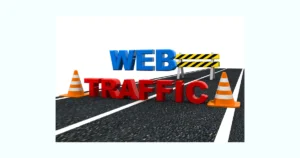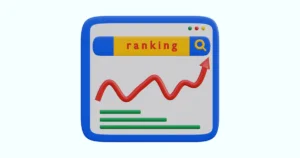Learn how to get started with On-Page SEO with this comprehensive guide! Improve your website’s visibility in search engine results.
On-page SEO refers to the optimization techniques and strategies implemented on individual web pages to improve their visibility and ranking on search engine results pages (SERPs). Here are some important things to know about on-page SEO:
1. Keyword Optimization
Conduct keyword research to identify relevant and high-traffic keywords related to your content. Incorporate these keywords naturally into your page’s title tag, headings, URL, meta description, and throughout the content.
2. Title Tag
The title tag is an HTML element that defines the title of a web page. It appears as the clickable headline on SERPs. Optimize your title tag by including your primary keyword and making it compelling and concise (around 50-60 characters).
3. Meta Description
The meta description is a brief summary of the page’s content displayed below the title tag on SERPs. It should be enticing, around 150-160 characters, and include relevant keywords to encourage click-throughs.
4. URL Structure
Create search engine-friendly URLs that are concise, descriptive, and include relevant keywords. Avoid using long and complex URLs with unnecessary parameters or numbers.
5. Heading Tags
Use heading tags (H1, H2, H3, etc.) to structure your content and make it more readable. Place your primary keyword in the H1 tag and use other heading tags to organize subheadings and sections.
6. Keyword Density and Placement
Include your target keyword naturally throughout the content, but avoid keyword stuffing. Maintain a balanced keyword density (around 1-2%) and place keywords in prominent positions like the first paragraph and subheadings.
7. Content Quality
Create high-quality, unique, and engaging content that provides value to your readers. Ensure it is well-written, informative, and relevant to the target audience.
8. Image Optimization
Optimize images by using descriptive filenames and alt tags that include relevant keywords. Compress the images to reduce page load time without compromising quality.
9. Internal Linking
Include internal links within your content to connect relevant pages on your website. This helps search engines understand the hierarchy and relationships between your pages and improves user navigation.
10. Mobile-Friendliness
Ensure your web pages are mobile-responsive and provide a seamless experience across different devices. Mobile-friendliness is a crucial ranking factor, given the increasing use of mobile devices for browsing.
11. Page Load Speed
Optimize your page’s loading speed by minimizing code, compressing images, and utilizing caching techniques. A faster-loading website improves user experience and can positively impact search rankings.
12. User Experience (UX)
Focus on delivering a positive user experience by improving site navigation, reducing clutter, and enhancing readability. Engaging and user-friendly websites tend to have lower bounce rates and higher user satisfaction.
Conclusion
Remember, on-page SEO is just one aspect of overall search engine optimization. It works in conjunction with off-page SEO (backlinks, social signals, etc.) and technical SEO (site structure, indexing, sitemaps, etc.) to improve your website’s visibility and organic rankings.

